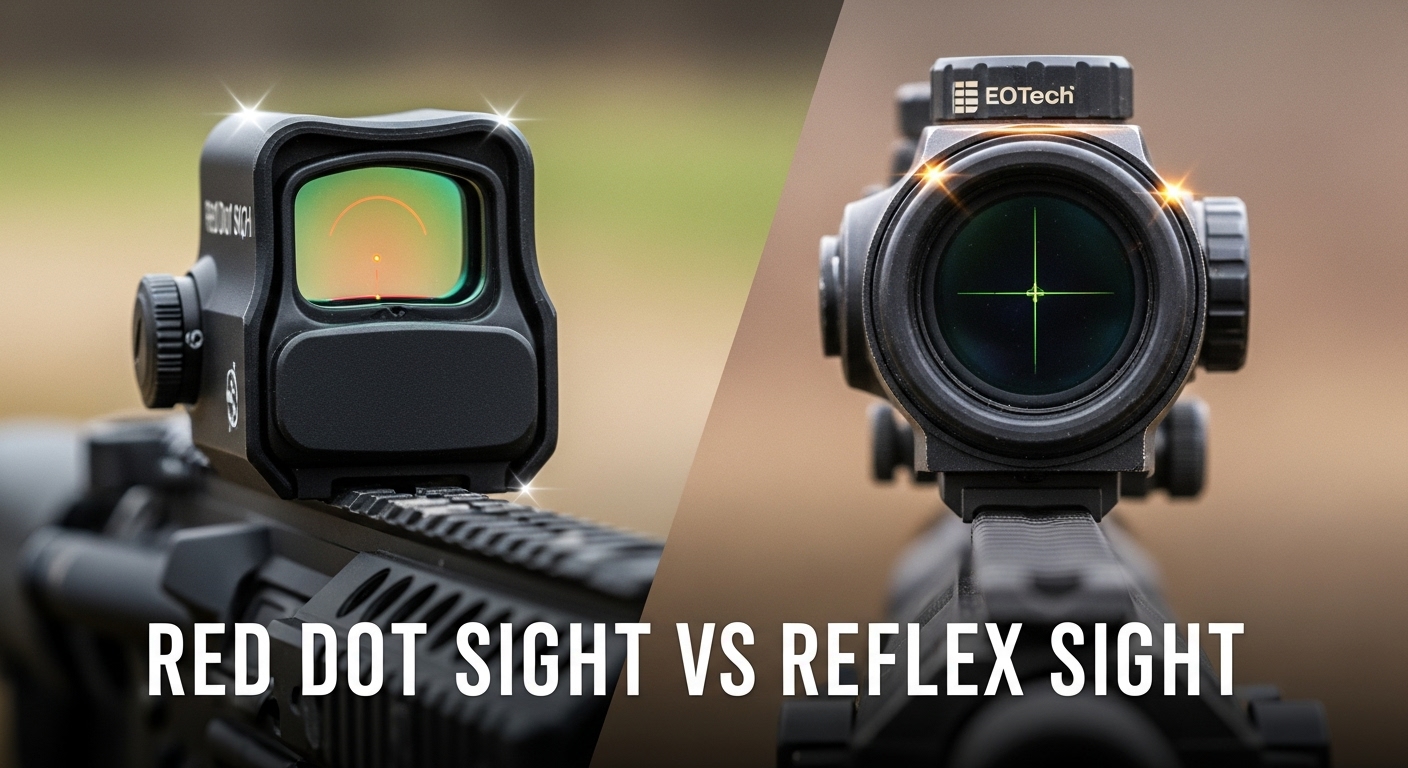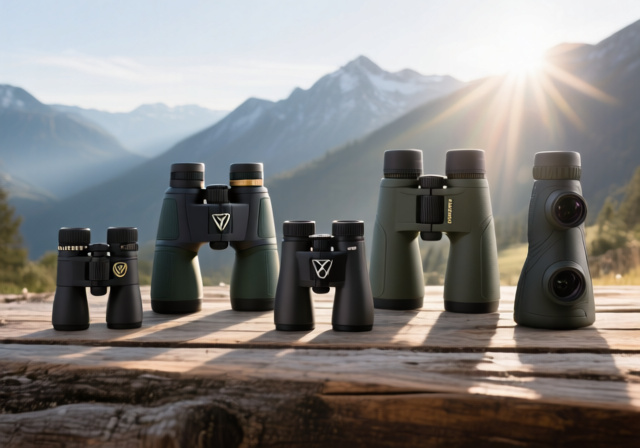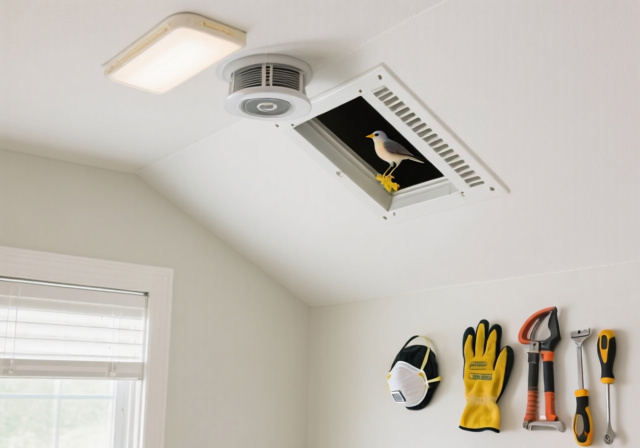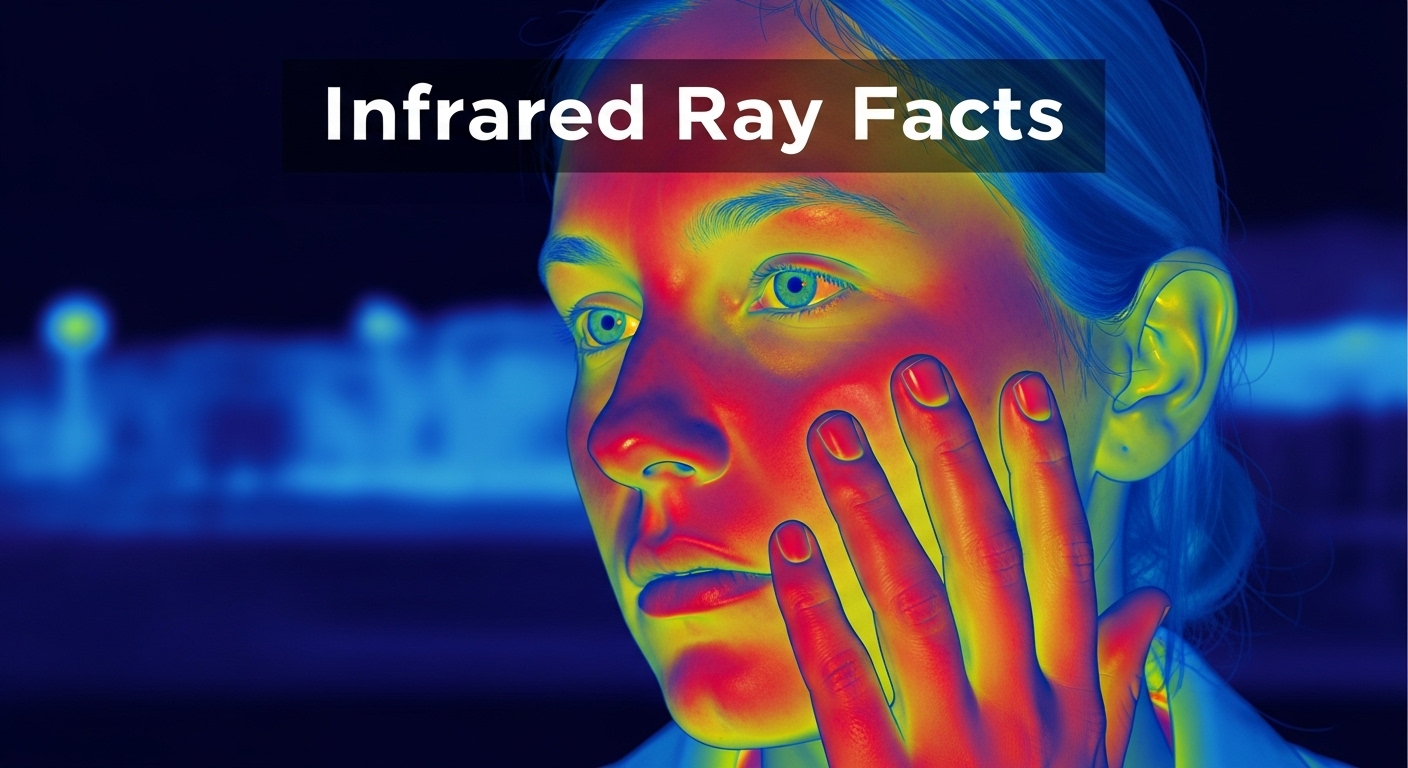
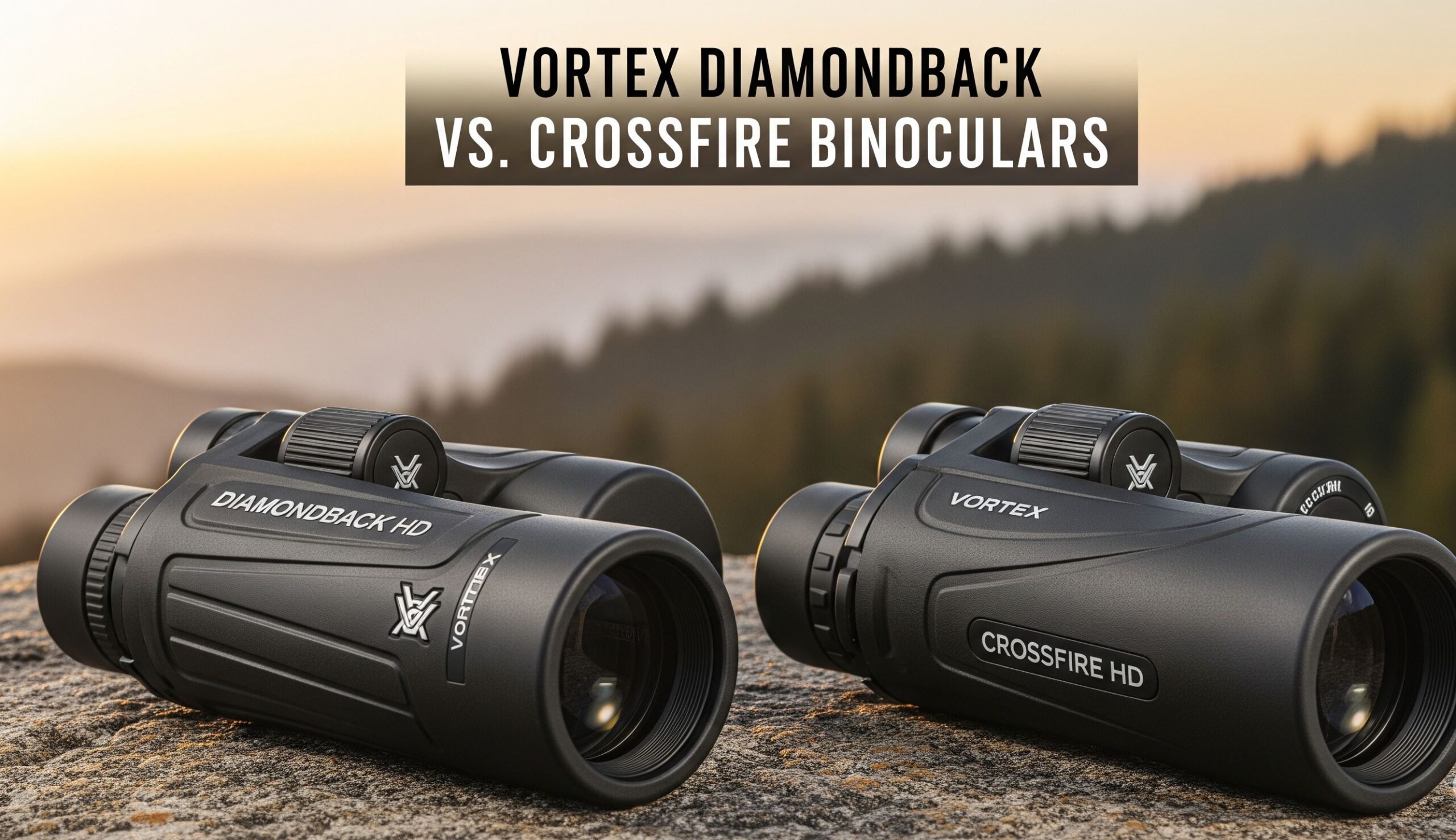
Choosing between Vortex Diamondback vs. Crossfire binoculars can feel overwhelming when both series offer exceptional value in the mid-range optics market. After extensive field testing and analyzing user feedback from thousands of hunters and birders, I’ve discovered the key differences that matter most. While the Diamondback series commands a roughly $100 premium over Crossfire models, understanding whether that investment delivers meaningful improvements requires looking beyond basic specifications.
Here’s a comprehensive breakdown of how these two popular Vortex series stack up across key performance metrics:
| Feature | Diamondback HD | Crossfire HD |
|---|---|---|
| Price Range | $230-$280 | $130-$180 |
| Optical Coating | Fully multi-coated + dielectric coating | Fully multi-coated |
| Lens Protection | ArmorTek scratch-resistant coating | Standard coating |
| Gas Purging | Argon purged | Nitrogen purged |
| Weight (10×42) | 21.3 oz | 23 oz |
| Field of View (10×42) | 330 ft @ 1000 yards | 325 ft @ 1000 yards |
| Close Focus | 5 feet | 6 feet |
| Best For | Serious enthusiasts, all-day use | Casual users, budget-conscious buyers |
The most significant difference between these series lies in their optical systems. Diamondback HD binoculars feature dielectric prism coatings that increase light transmission to over 90%, resulting in noticeably brighter images, especially during dawn and dusk hunting sessions. Users consistently report that the Diamondback provides better color fidelity and contrast, making it easier to spot game against complex backgrounds.
The Crossfire HD series, while offering fully multi-coated lenses, lacks the advanced dielectric coating. In practical terms, this means slightly dimmer images in low light conditions and less vibrant colors at midday. However, many users find the optical quality of the Crossfire more than adequate for general outdoor use, particularly considering the significant price difference.
Both series feature rugged construction suitable for field use, but the Diamondback includes several premium touches. The ArmorTek coating on Diamondback lenses provides superior scratch resistance – a crucial feature for hunters pushing through dense brush. Additionally, Diamondback binoculars use argon gas purging instead of nitrogen, offering marginally better fog-proofing performance in extreme temperature swings.
The Crossfire’s nitrogen purging still provides excellent weatherproofing for most conditions. Unless you regularly hunt in sub-zero temperatures or extreme humidity, the difference in fog-proofing performance may not justify the price premium.
Birders who spend hours in the field often prefer the Diamondback for its lighter weight and superior close focus distance of 5 feet versus the Crossfire’s 6 feet. This one-foot difference becomes crucial when observing warblers and other small birds at close range. The Diamondback’s enhanced color accuracy also helps distinguish subtle plumage variations.
Hunters face a more nuanced decision. The Diamondback’s brighter image and better low-light performance provide advantages during prime hunting hours. However, many successful hunters use Crossfire binoculars without issue, particularly for stand hunting where extended glassing sessions are less common.
Casual users attending sporting events, hiking, or sightseeing will find the Crossfire HD delivers exceptional value. The optical quality surpasses what most users expect at this price point, and the robust construction ensures years of reliable service.
The Diamondback’s more compact design and lighter weight become noticeable during extended use. At 21.3 ounces for the 10×42 model, it’s nearly 2 ounces lighter than the comparable Crossfire. While this might seem minimal, hikers and backpack hunters appreciate every ounce saved over long distances.
The Diamondback also features a slightly slimmer profile, making it easier to pack and more comfortable for users with smaller hands. However, some users with larger hands actually prefer the Crossfire’s fuller grip.
After analyzing hundreds of user reviews, a clear pattern emerges. Crossfire owners consistently express surprise at the quality relative to the price, with many stating they see no need to upgrade. Diamondback owners, conversely, often mention the peace of mind that comes with having “near-premium” optics at a mid-range price.
Interestingly, users who upgraded from Crossfire to Diamondback report the difference is noticeable but not dramatic in good lighting. The gap widens significantly in challenging conditions – exactly where serious users need performance most.
Both series benefit from Vortex’s exceptional VIP warranty, which covers any damage regardless of cause. This unlimited, transferable warranty adds tremendous value to both options, effectively making either choice a lifetime investment. Several users report successful warranty claims after accidents that would void other manufacturers’ coverage.
Before making a final decision, consider these scenarios:
Budget Flexibility: If you can stretch your budget slightly beyond the Diamondback’s price, the Viper HD series offers another significant jump in optical quality. Conversely, if the Crossfire stretches your budget, the new Triumph HD line provides basic functionality at an even lower price point.
Specific Use Cases: Astronomy enthusiasts might prefer saving money on Crossfire binoculars to invest in a quality tripod adapter. Marine users should note that both series offer adequate waterproofing, but neither includes the specialized coatings found in dedicated marine binoculars.
As optical technology continues advancing in 2025, the gap between mid-range series like these continues to narrow. However, the fundamental differences remain relevant. For users who will genuinely use their binoculars regularly in varied conditions, the Diamondback’s refinements justify the higher price. The superior coatings, lighter weight, and enhanced durability pay dividends over years of use.
For occasional users or those operating within strict budgets, the Crossfire HD represents outstanding value. Its optical performance exceeds many competitors at twice the price, and the build quality ensures reliable service for typical outdoor activities.
A: For regular users who glass in varied lighting conditions, yes. The improved optics, lighter weight, and enhanced durability justify the premium. Casual users will find the Crossfire more than adequate.
A: Both work for casual astronomy, but the Diamondback’s superior coatings provide better contrast for viewing star clusters and the moon. Consider 10×50 models for astronomical use.
A: Both use smooth center-focus wheels with right-eye diopter adjustment. Users report the Diamondback’s focusing feels slightly more refined, but both systems work reliably.
A: Both Vortex series compete favorably with similar offerings from Nikon, Bushnell, and Celestron. The VIP warranty often tips the scales in Vortex’s favor for long-term value.
The choice between Vortex Diamondback and Crossfire binoculars ultimately depends on your specific needs and budget. Both deliver exceptional value within their price ranges, backed by an industry-leading warranty. The Diamondback offers refinements that serious users will appreciate daily, while the Crossfire provides remarkable quality that satisfies most outdoor enthusiasts. In 2025‘s competitive optics market, you really can’t go wrong with either choice – it’s simply a matter of matching the binoculars to your intended use and budget.

